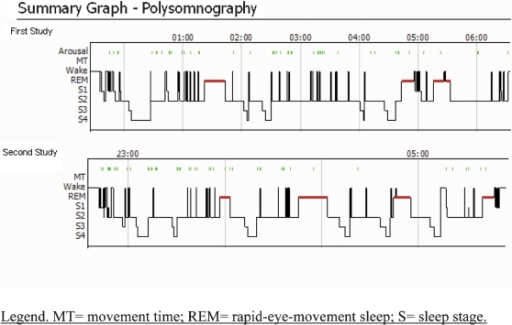

We employed a design that is generally similar to Nest Hub’s original sleep detection algorithm: sliding windows of raw radar samples are processed to produce spectrogram features, and these are continuously fed into a Tensorflow Lite model. Recognizing the value for users to understand their sleep stages, we have extended Nest Hub’s sleep-wake algorithms using Soli to distinguish between light, deep, and REM sleep. Most people cycle through sleep stages 4-6 times a night, about every 80-120 minutes, sometimes with a brief awakening between cycles. Training and Evaluating the Sleep Staging Classification Model Potential sound disturbances during sleep will now include “Other sounds” in the timeline to separate the user’s coughs and snores from other sound disturbances detected from sources in the room outside of the calibrated sleeping area. To help people understand their sleep patterns, Nest Hub displays a hypnogram, plotting the user’s sleep stages over the course of a sleep session. Here we describe how we developed these novel technologies, through transfer learning techniques to estimate sleep stages and sensor fusion of radar and microphone signals to disambiguate the source of sleep disturbances. While not intended for medical purposes 1, these enhancements allow better understanding of sleep through sleep stages and the separation of the user’s coughs and snores from other sounds in the room. Today we announced enhancements to Sleep Sensing that provide deeper sleep insights. Combining such sleep staging information with disturbance events can help you better understand what’s happening while you’re sleeping. The human brain has special neurocircuitry to coordinate sleep cycles - transitions between deep, light, and rapid eye movement (REM) stages of sleep - vital not only for physical and emotional wellbeing, but also for optimal physical and cognitive performance. While some of the most critical sleep insights can be derived from a person’s overall schedule and duration of sleep, that alone does not tell the complete story.
#Hypnogram software
Posted by Michael Dixon, Software Engineer and Reena Singhal Lee, Product Manager, Google HealthĮarlier this year, we launched Contactless Sleep Sensing in Nest Hub, an opt-in feature that can help users better understand their sleep patterns and nighttime wellness.


 0 kommentar(er)
0 kommentar(er)
